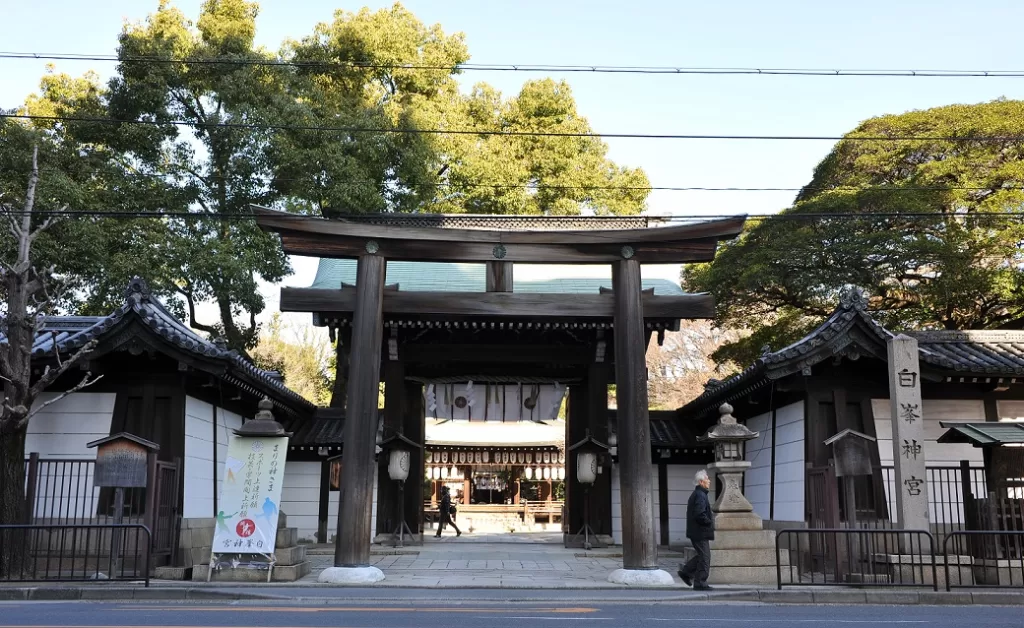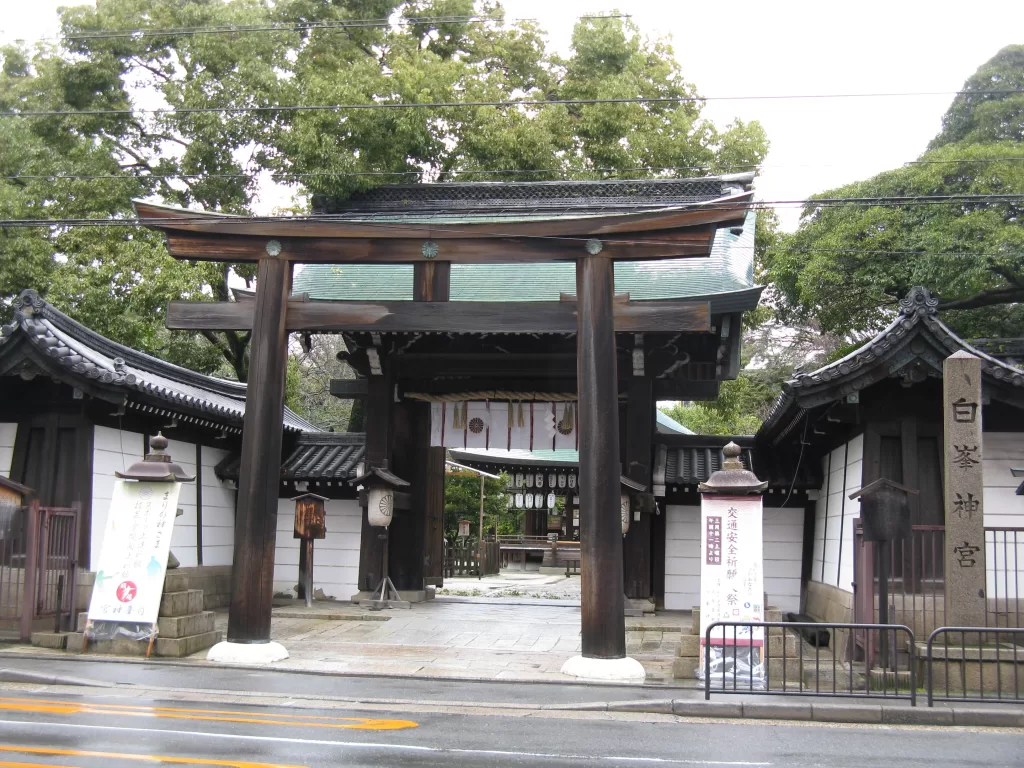Kamigyō Takigi Nō: A Mesmerizing Evening of Traditional Japanese Theatre

Firelight Noh Performance Illuminates Kyoto’s Shiramine Shrine
Kyoto’s Kamigyō Ward comes alive as the historic Shiramine Shrine hosts the annual Kamigyō Takigi Nō performance, marking a night filled with traditional Japanese theatre, ancient music, and captivating stories. With the stage illuminated solely by burning torches, the oldest form of Japanese theatre – Noh – is showcased alongside the comedic kyogen, koto musicians, shakuhachi performers, and hōbu dancers.
A Night at the Kamigyō Takigi Nō
The Allure of Noh Theatre
Noh (or nō) is a complex art form that dates back to the 14th century. Often performed as an offering to the gods during religious ceremonies and events, this slow and graceful stage art revolves around supernatural themes. Actors don elaborate costumes and lacquered wooden masks while utilizing carefully choreographed movements to evoke stories revolving around gods, demons, trapped warriors, and tormented ghosts. Performances are accompanied by a small orchestra and haunting chanting that further embellishes the mysterious atmosphere.
The Comic Relief of Kyogen
Interspersed between the main Noh plays are performances of kyogen – comic theatre pieces characterized by witty dialogue, exaggerated movements, and humorous situations. These entertaining intermissions allow audience members unfamiliar with Noh theatre to engage with some light-hearted entertainment.
A Symphony of Traditional Music
Kamigyō Takigi Nō performances are enriched by various traditional musicians. Koto players contribute their dynamic string sounds while shakuhachi performers play enchanting flute melodies. Further building on this captivating ambiance are taiko drumming performances that resonate throughout the evening.

Exploring Shiramine Shrine
Shiramine Shrine holds significant cultural importance in Japan’s history. It is widely regarded as a shrine for sports as Seidai Myōjin, one of the enshrined gods, is associated with athletic activities. Celebrated athletes often visit the shrine to pray for victory or offer donations of game balls as thanks for their achievements.
Additionally, Shiramine Shrine honors Emperor Sutoku and Emperor Jūnin, both of whom have met their demise in exile. The ancient Heian Period sport of kemari is also showcased at the shrine from time to time.
Each year in September, visitors can attend the Kamigyō Takigi Nō event at Shiramine Shrine and immerse themselves in an unforgettable evening under Kyoto’s night sky. Revel in Japan’s rich cultural legacy as the flickering torchlight highlights the mesmerizing performances of Noh theatre amidst the historic surroundings at Shiramine Shrine. It’s one of the most anticipated Kyoto events in September.
If you visit Kyoto in September, don’t miss the vibrant Hagi Matsuri at Nashinoki Shrine, where you can immerse yourself in a celebration of Japanese culture and tradition, featuring diverse performances of ikebana flower arrangement, comical kyōgen plays, captivating dance styles, traditional instrumental pieces, and even kyūdō archery demonstrations.